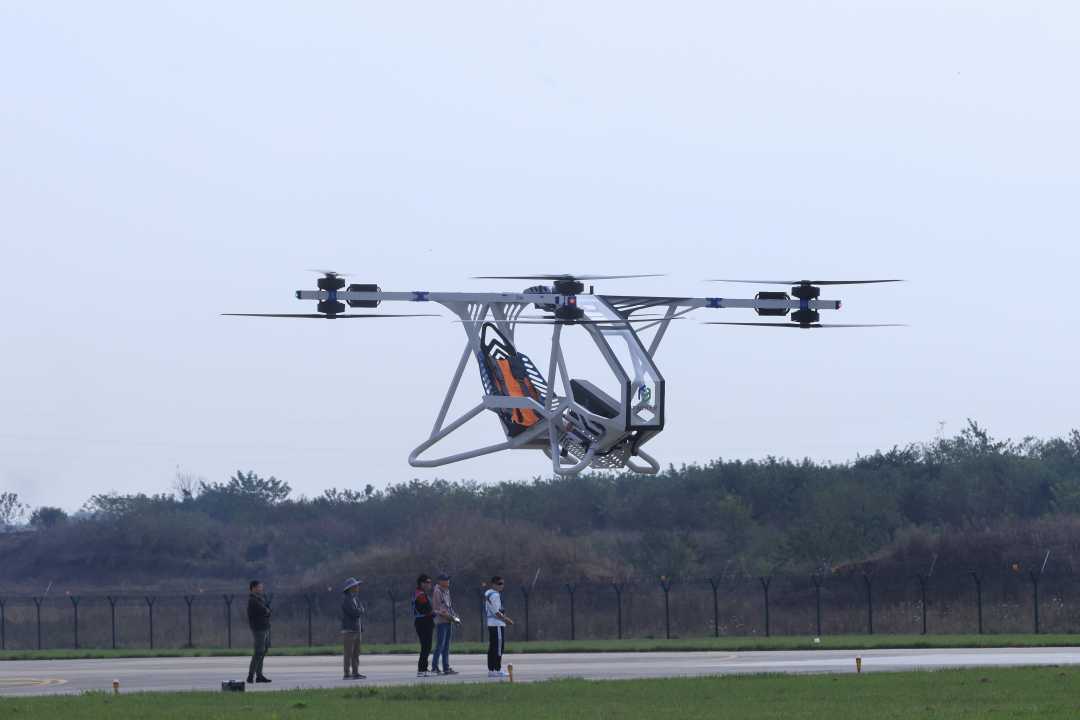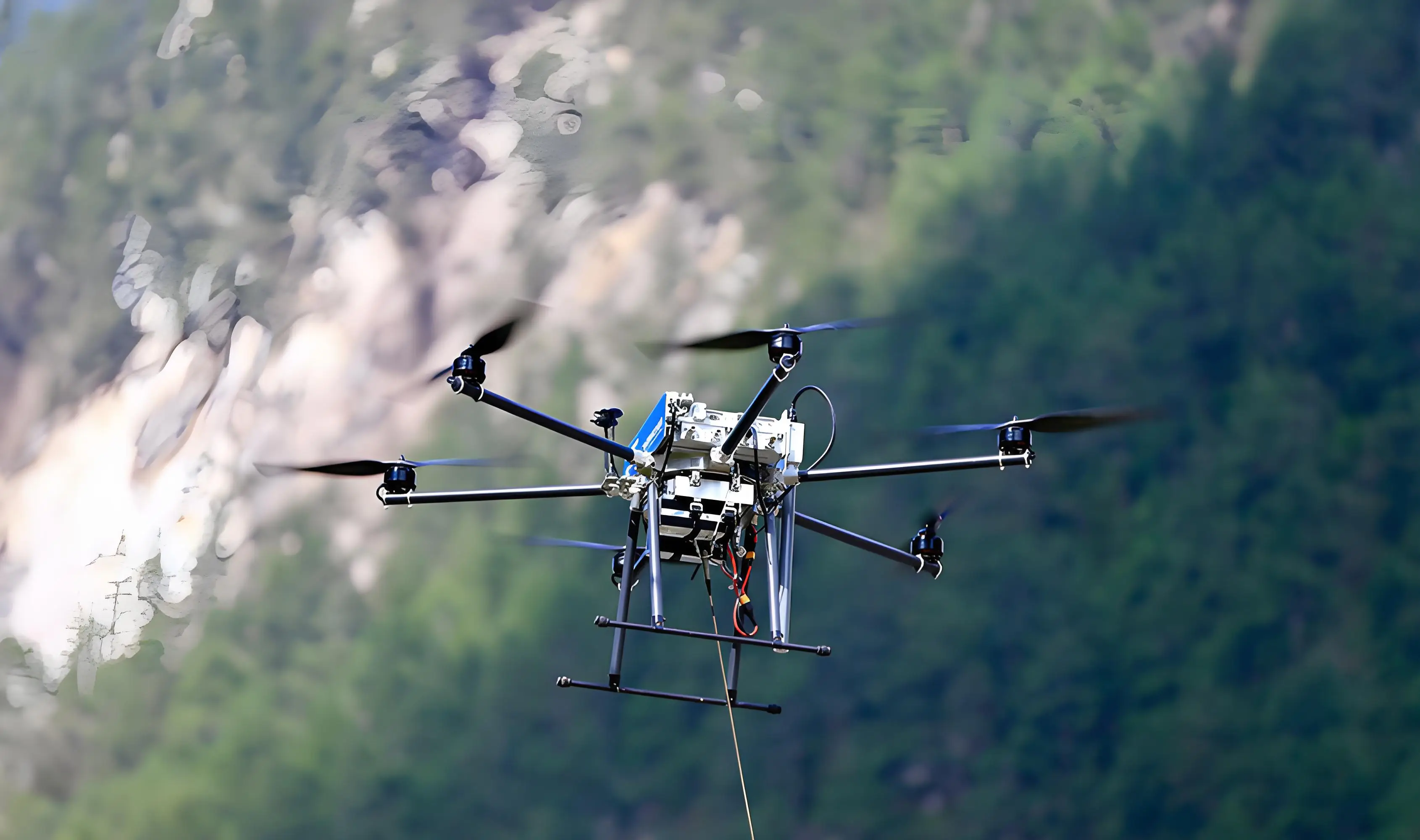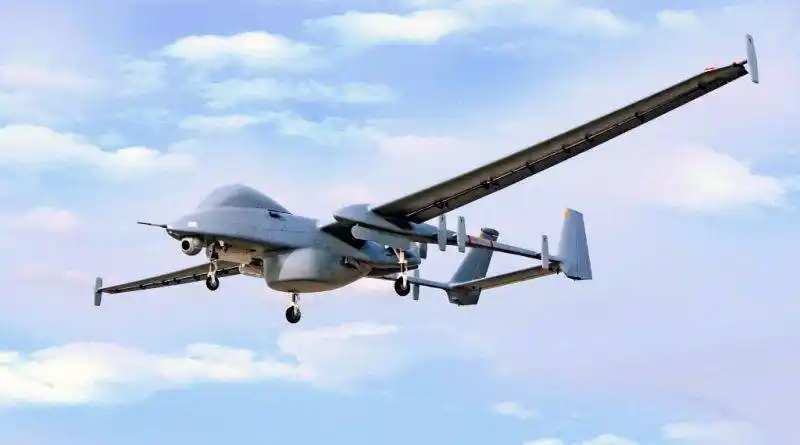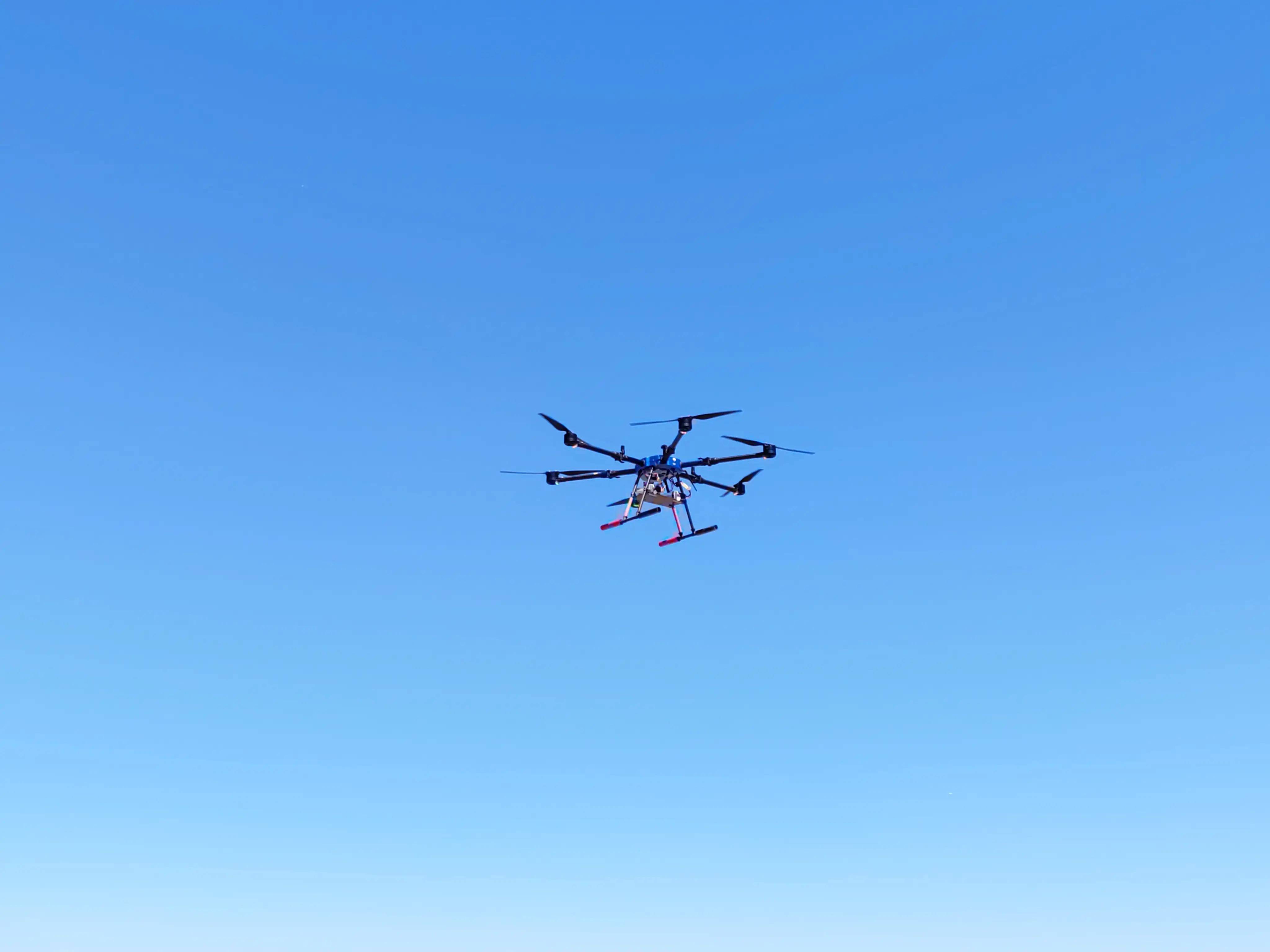The globally popular technology of Chinese drones: from patent barriers to autonomous and controllable ecosystems

When DJI drones complete extreme filming of crossing canyons in Hollywood movies, when Rainbow drones perform precise reconnaissance missions on the Middle East battlefield, and when Jifei Technology's agricultural drones sow seeds on Brazilian farms, Chinese drones have become the absolute protagonists of the global market.
Behind this phenomenon is a multidimensional technology protection system constructed by Chinese enterprises - from core patent layout to independent and controllable supply chain, from hardware self destruct mechanism to software encryption technology, all woven together into a tight and secure network.
Chinese drone companies have formed difficult to break through barriers in key technological fields through a three-dimensional layout of "basic patents+peripheral patents". DJI Innovation has applied for over 7000 patents related to drones, with invention patents accounting for 65%. Its foldable drone design patent (US9056676B1) has been cited over 400 times, directly making it difficult for competitors to launch similar products in the consumer market. This "patent pool" strategy not only covers core technologies such as flight control systems and gimbal stability, but also extends to details such as exterior design and component interfaces. For example, DJI has applied for 23 patents in the design of drone battery interfaces, providing comprehensive protection from charging protocols to physical structures.
Aerospace Rainbow establishes differentiated advantages through aerodynamic design patents. Its "Flying Wing Stealth Layout" patent (CN202110345678.9) enables the radar reflection area of the Rainbow 7 drone to be less than 0.01 square meters, achieving the same level of stealth performance as the US B-2 bomber. This patent barrier makes it difficult for competitors to replicate the overall design even if they obtain some technical parameters.
Chinese drone companies have built a safe and reliable supply chain through the strategy of "self-developed core components+localization of key links". 90% of DJI's core components are independently produced, including flight control chips, brushless motors, and visual sensors. Its intelligent manufacturing base in Shenzhen adopts an AI quality inspection system, and each drone needs to undergo 327 tests to ensure hardware consistency and anti reverse engineering capabilities. Aerospace Rainbow has established an industrial collaboration system of "small core, big cooperation", and has built unmanned aerial vehicle production bases in Taizhou, Tianjin and other places. Key components such as avionics systems and composite body materials have achieved 100% localization.
This supply chain control is particularly important in international competition. After China implemented export controls on drone components in 2024, European and American companies found it difficult to find alternative suppliers -70% of the world's drone motors and 85% of flight control systems come from China. General Atomics attempted to replicate DJI's OcuSync transmission technology, but ultimately abandoned research and development due to the inability to break through the technology blockade imposed by Chinese suppliers.
Chinese drones are equipped with multiple self destruct mechanisms at the hardware level. The 300 Rainbow 4 drones purchased by Saudi Arabia are each equipped with 23 self destruct sensors. Once disassembled or scanned by X-rays, the nano stone carving device will instantly melt the core circuit, rendering the equipment completely useless. This design not only prevents technology leakage, but also enhances customer dependence through "after-sales binding" - the Saudi military has since had to rely on Chinese engineers for equipment maintenance.
At the software level, quantum communication encryption technology is widely used. Chinese military drones adopt a quantum key distribution system, in which keys are randomly generated and non replicable during communication, fundamentally eliminating the possibility of signal interception. In the civilian field, Dongjin Technology's drone security solution uses SM2 national security certificate and digital envelope technology to achieve two-way identity authentication and data transmission encryption between devices, ensuring that command and status data cannot be tampered with during transmission.
Chinese drone companies are using a "technology substitution" strategy to address potential leakage risks. DJI invests 15% of its annual revenue in research and development, and launches a new generation of products on average every 18 months. While competitors were still researching 4K camera technology, DJI had already launched the Mavic 4 Pro, which supports 8K video recording, while continuously optimizing algorithms through firmware upgrades, keeping old devices one generation behind in new features. This kind of 'technological crushing' puts imitators in a dilemma of 'forever catching up'.
Scenario based innovation further consolidates advantages. Jifei Technology has developed an RTK precise positioning system for agricultural crop protection, which can achieve centimeter level route planning and automatically identify crop growth through AI algorithms, dynamically adjusting pesticide spraying amounts. This "technology+service" model makes it difficult for customers to detach from their technology ecosystem while enjoying efficient operations.
The Chinese government builds an external defense line through export control policies. The new regulations on drone exports to be implemented in 2024 explicitly restrict the export of specific aircraft engines, payload equipment, and communication systems, requiring exporters to submit proof of end user and usage. This' list based management 'not only ensures normal trade in the civilian market, but also prevents sensitive technologies from flowing into the military field. For example, a European company was refused to export high-resolution infrared imaging equipment due to its inability to provide proof of ultimate use for agricultural surveying.
At the enterprise level, Chinese drone manufacturers actively integrate into the international standard system. DJI has participated in the development of 23 international standards for unmanned aerial vehicles, including the "Safety Requirements for Civil Unmanned Aerial Vehicle Systems" (ISO 21384) and the "Regulations for Unmanned Aerial Vehicle Operation Airspace Management" (ICAO Doc 9859), and has gained industry discourse power through rule making. This "compliant competition" strategy has given Chinese drones an entry advantage in the European and American markets.
Chinese drone companies enhance users' technical literacy through systematic training. DJI has established a "pilot certification system" that requires commercial users to complete theoretical learning and practical assessments, with a pass rate of only 37%. Jifei Technology has launched the "Jifei Academy" online course, covering drone operation, maintenance, and agricultural crop protection technology, with a total of over 500000 trained users. This type of educational investment not only reduces operational risks, but also strengthens brand loyalty through knowledge dissemination.
In terms of technology ecology, DJI has opened up an SDK development platform, attracting over 100000 developers worldwide to conduct secondary development based on its flight control system, forming an application ecology covering film and television production, power inspection, emergency rescue and other fields. This "open source closed loop" model not only stimulates innovation vitality, but also controls ecological boundaries through technical standards.
The global leading position of China's unmanned aerial vehicles is essentially a dual victory of independent technological innovation and systematic protection. From the patent barriers in DJI to the aerodynamic design of the aerospace rainbow, from quantum encryption to self destruct devices, from supply chain autonomy to rapid iteration, Chinese companies have built a multi-level technological moat. This "hardcore technology+flexible management" model not only ensures technological security, but also promotes China's transformation from a major drone manufacturing country to a standard setter and ecological leader. When the global market relies on the efficiency and security of Chinese drones, the risk of technology leakage has already been dissolved in the continuous innovation.





